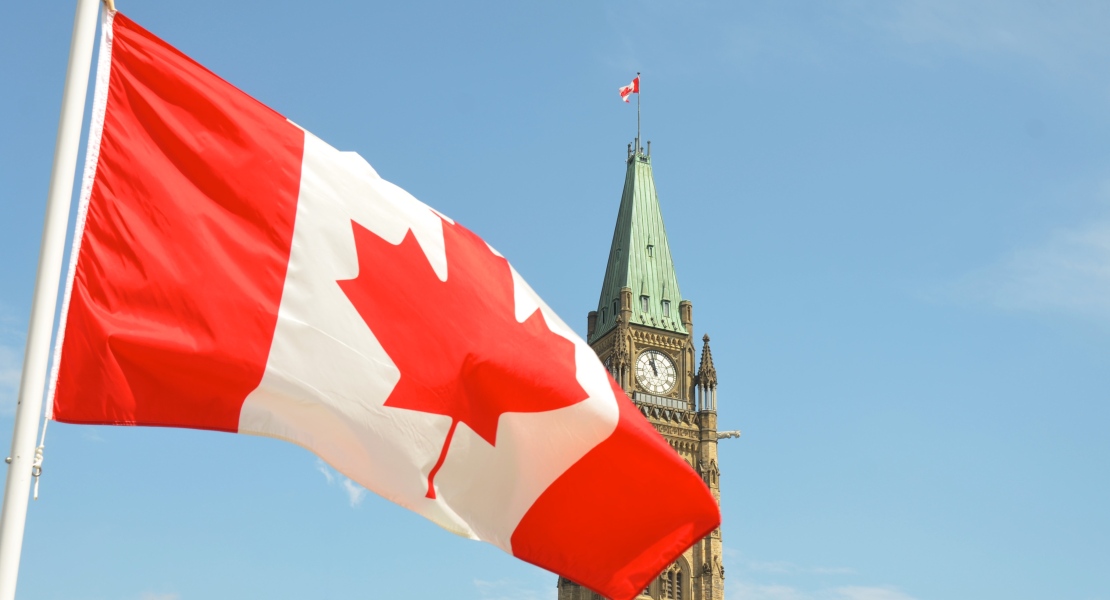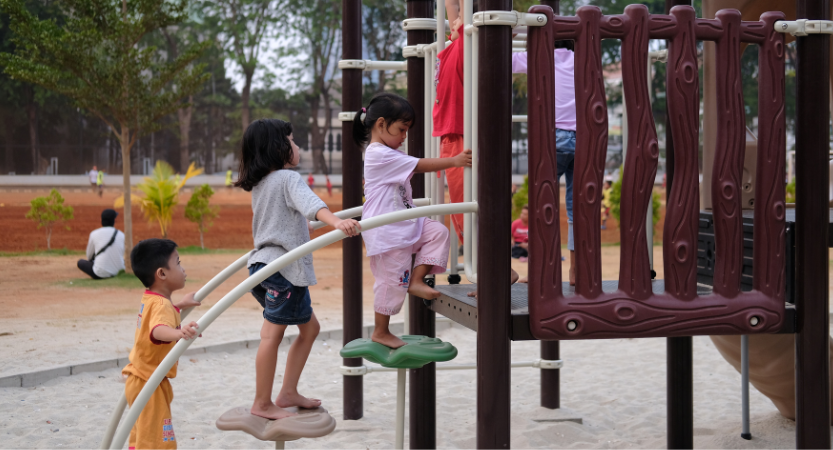TORONTO – With a foreign-born population of more than 6.7 million, Canada is internationally renowned for its blend of many cultures, languages, and nationalities. That’s especially true in major Canadian urban areas like Greater Toronto, where immigrants and their descendants have made tremendous impacts on business, science, arts, and countless other fields.
With Canada Day once again right around the corner, GTA Real Estate News decided to follow up 2013’s glance at the history of Canadian real estate by taking a look at how multicultural Canadian communities have continued to shape our nation over centuries and decades. As any real estate sales representative will tell you, this is a key theme for the property industry, as immigration is a key driver in growth and prosperity in the real estate market.
Europeans in Canada: The First Waves
The first waves of immigration to Canada began to take shape in the 1600s, and consisted mostly of immigrants from Western Europe or – later, during the American Civil War – Loyalists from the northern United States.
During the earliest years of Canadian history, the overwhelming majority of immigrants were either the French settling in New France, or the British settling elsewhere – predominantly in the Maritimes and in modern-day Ontario, which in 1791 was designated “Upper Canada” following the split of the province of Quebec.
Canada’s first major influx of immigrants from outside of Britain and France did not occur until after Confederation, in the late 1800s and early 1900s. Beginning in 1896, a dramatic foreign advertising push encouraged Europeans to immigrate to the Canadian West, to take advantage of affordable $10 land registration under the Dominion Lands Act. This immigration boom led to the formation of significant Eastern-European communities in Canada, notably Ukrainians and Poles (with Canadian populations of 1,071,060 and 817,085 respectively at the time of the 2001 census).
Real Estate Connections: One of the many Polish immigrants to Canada around the turn of the century was Max Menkes, who settled in Toronto at age 16. Max’s son, Murray (born 1926) would go on to build Menkes Developments into one of Canada’s most respected and accomplished property development companies, whose work is regularly featured in our Project Spotlight series.
Another Western European immigrant, Jack DelZotto, settled in Toronto in 1927 after making the long trip from Northern Italy. DelZotto would go on to found The Tridel Group of Companies, a massively influential player in Ontario real estate to this day.
Pier 21 and the Canadian Pacific Railway: Non-Europeans Arrive in Canada
The year 1881 was an exciting one for Canada, as it would see the young nation’s government confirm approval for the ambitious Canadian Pacific Railway (CPR) that would finally connect British Columbia with its fellow provinces – one of the key promises made to the province under the terms of Confederation in 1867.
The western stretches of the railway were an ambitious undertaking, and the labour demands could not be filled by European workers alone. Between 1881 and 1884, more than 17,000 immigrants from China made their way to British Columbia to find railway work – adding to a small Asian population that had been in the area since the west coast’s “Gold Rush” of 1850.
That influx was followed shortly after by a wave of East Indian immigrants – predominantly Punjabi Sikhs – 5,000 of whom arrived in British Columbia by boat between 1904 and 1908.
Chinese-Canadians’ significant contributions to the Canadian war effort during World War II led to a push for stronger immigration rights for people of Chinese descent who longed to move to Canada, from places of origin as diverse as Hong Kong, Australia, Vietnam, and Jamaica.
A newer, less exclusionary Immigration Act that took effect in the late 1960s led to boosted numbers of not only Chinese immigrants, but also opened the door further for other newcomers from Korea, the Caribbean, and more.
Real Estate Connections: Many of the Living Group’s top agents and executives, including Broker of Record and Chairman Stephen Wong and Living Group President William Lau, are actually started out as immigrants to Canada who went on to make their mark in Greater Toronto’s business community.
Living Realty’s multicultural background has helped our team build a reputation for providing compassionate, comprehensive service to new Canadians, foreign investors, and buyers from any background who are interested in entering the Canadian real estate market.
Modern Multiculturalism in Canada
In 1971, Canada became the first country in the world to adopt multiculturalism as an official policy. It was a bold move on the part of the Canadian government, and one that would reinforce each Canadian’s right to equality – regardless of race, cultural heritage, ethnicity, religion, ancestry or place of origin.
Today, Canada’s diverse blend of languages and cultures – combined with the advent of more powerful communications tools – has helped our country to form strong partnerships in the areas of business, commerce, education, research, and more. In our industry alone, key groups like the Chinese Real Estate Professionals Society of Ontario (CREPSO) help to facilitate networking among Canadian professionals, while building transnational linkages to help Canada stay competitive on the world stage.
That same cultural blend has also helped to build some of the country’s most impressive and popular festivals and events. It’s a list that includes Toronto Caribana (one of the largest annual Caribbean-themed festivals taking place outside of the Caribbean itself!), the Toronto Reel Asian International Film Festival, and the hugely popular Festival of India – and that’s just a small sample of events in the GTA alone!
Of course, there’s no better way to celebrate Canada’s diversity than to attend a Canada Day event in your own community! Many Canada Day events held across the GTA are family-friendly and free of charge. Here are a few links for some of our favourites:
- If you’re in York Region, the place to be this July 1 will be Richmond Hill’s Richmond Green Park, where a huge Canada Day celebration will be running from 11 AM to 11 PM. Attractions will include midway rides,children’s village and teen zone, the Bavarian garden, and – true to the theme of this article – a multicultural food pavilion.
- Families located in the western GTA will want to head to Mississauga’s Celebration Square for multicultural food trucks, a “Viva Pan Am Pavilion” celebrating the upcoming 2015 Pan Am Parapan Games, and promising live performances from Alyssa Reid and the Juno-award-winning JRDN.
- Scarborough residents and east-enders can make their way to Thomson Memorial Park for a full day of activities including pancake breakfast, live music, craft market and more. Each year’s biggest highlight is the Canada Day Parade, which sets out from Brimley and Ellesmere at around 4 PM.
- As always, the City of Toronto’s biggest Canada Day Celebration will be held at Mel Lastman Square in North York. This year’s fest will include must-see performances from Zero Gravity Circus, Justin Rutledge and NQ Arbuckle, as well as a fireworks display presented by Circus Orange.




